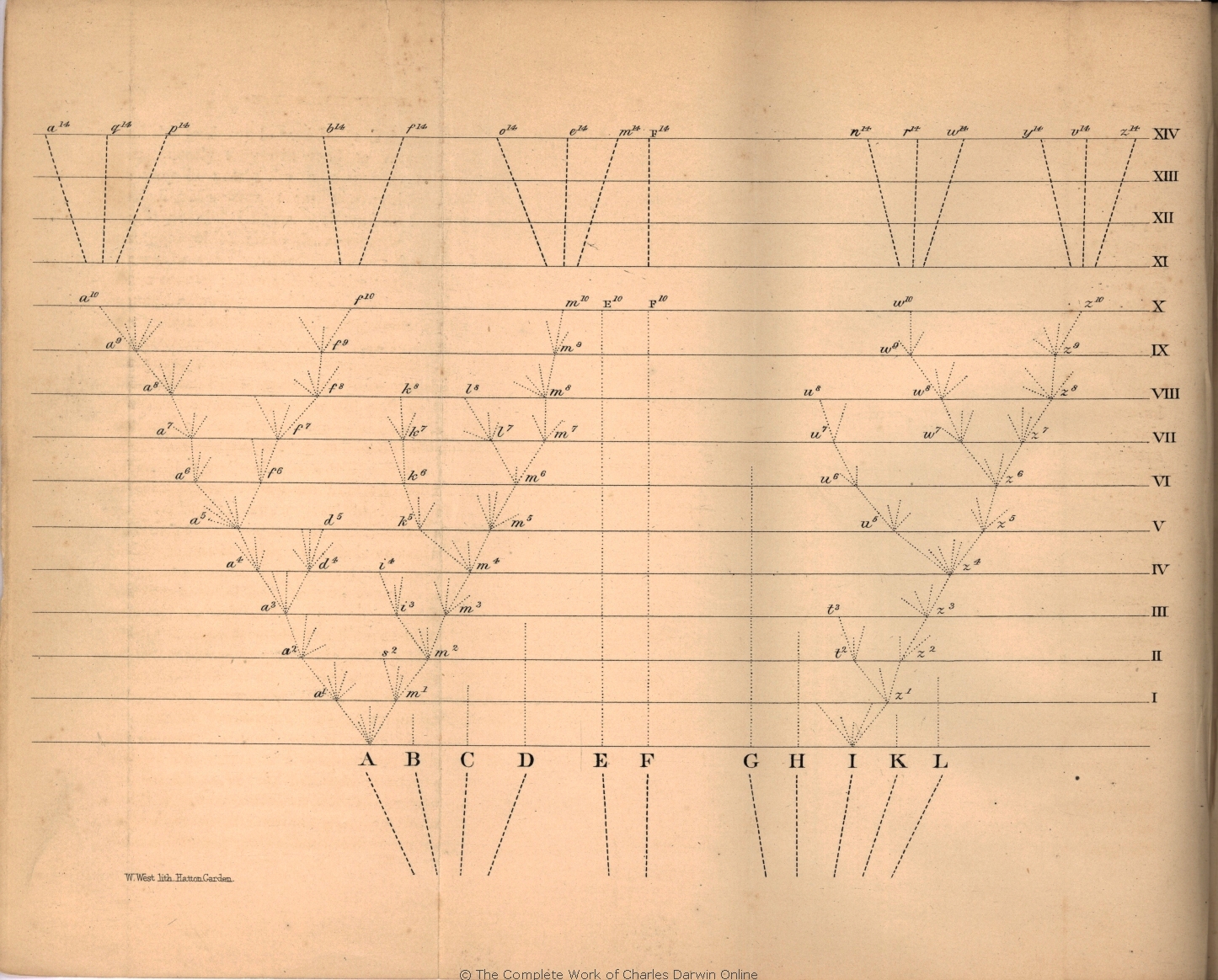- A solid layman's introduction to Web science, focusing on the intersection of mathematics, sociology, and the Web as it is used and built by regular people. It is all presented as an online textbook you can read here.
- A case study in educational methodology. Unlike the online textbook, which is meant to be read, the rest of Webwhompers is meant to be experienced. It provides the online portion of my answer to the question, "What can 70 non-technical college students do together in 12 weeks that will result in their learning as much as possible about the Web?"
Technology is often created by "experts" and then used by "regular people." Webwhompers celebrates the "Web builder": a regular person who creates his own Web technology.
Sometimes it helps to distinguish between "regular people" who use technology and "experts" who create technology. For example, a regular person might want a home stereo; he pays experts to create hi-fi technology for him. In other cases, regular people create technology without even considering asking for expert help—for example, making a snowball.
Much of the Web technology that regular people want is within their power to create, just like a snowball. Webwhompers seeks to unleash the technical creativity of the regular person: By highlighting Web building resources, by bringing together aspiring Web builders, by providing expert guidance when necessary, and by encouraging regular people to try on the idea that they can create their own Web technology.
The course overview puts it this way:
Four important themes of Web Science areWeb science, an emerging interdisciplinary field, takes the Web as its primary object of study. This study incorporates both the social interactions enabled by the Web's design and the applications that support them.The Web is often studied at the micro scale, as an infrastructure of protocols, programming languages, and applications. However, it is the interaction of human beings creating, linking, and consuming information that generates the Web's behavior as emergent properties at the macro scale. These properties often generate surprising properties that require new analytic methods to be understood.
For example, when Mosaic, the first popular Web browser, was released publicly in 1992, the number of users quickly grew by several orders of magnitude, with more than a million downloads in the first year. The wide deployment of Mosaic led to a need for a way to find relevant material on the growing Web, and thus search became an important application, and later an industry, in its own right. The enormous success of search engines has inevitably yielded techniques to game the algorithms (an unexpected result) to improve search rank, leading, in turn, to the development of better search technologies to defeat the gaming. More recent macro-scale examples include photo-sharing on Flickr, video-uploading on YouTube, and social-networking sites like mySpace and Facebook.
The essence of Web science is to understand how to design systems to produce the effects we want. The best we can do today is design and build in the micro, hoping for the best; but how do we know if we've built in the right functionality to ensure the desired macro-scale effects? How do we predict other side effects and the emergent properties of the macro? Further, as the success or failure of a particular Web technology may involve aspects of social interaction among users, understanding the Web requires more than a simple analysis of technological issues but also of the social dynamic of perhaps millions of users.
Given the breadth of the Web and its inherently multi-user (social) nature, its science is necessarily interdisciplinary, involving at least mathematics, computer science, sociology, psychology, and economics.
- Micro: an individual acts
- Macro: the world responds (or not) to an individual's action
- Synthetic: something is created to produce a desired result
- Analytic: laws are stated to explain observed phenomena
We focus on these themes as they apply to Web builders -- people who contribute links and other content to the Web:
| Synthetic | Analytic | |
| Micro | An individual builds a Web site to produce a desired result. | (We do not speak to this quadrant.) |
| Macro | "The world" builds a Web site to produce a desired result. | Laws are stated to explain large-scale Web phenomena. |
Some Web builders consider themselves Web developers; others consider themselves bloggers; others merely post an occasional comment on someone else's blog or discussion forum. We say "Web builder" to encompass the full spectrum of people who contribute links and other content to the Web.
Our lab curriculum provides an informal hands-on approach to the task of building a Web site. Our Search and Share pages help Web builders leverage collectively engineered resources (such as WordPress). The formal chapters of the Study page (which you are now reading) explain large scale Web phenomena; they also explain the Amazon recommendation algorithm and the Google PageRank algorithm.
The sociology, psychology, and economics of this course follow Duncan Watts' Six Degrees, which we recommend as a narrative companion to our own material. Our complete suggested reading list is below.
Online safety| Protecting yourself from evildoers
Privacy, trust, and ownership
|
| Networks |
| Basic mathematical foundations of networks:
See also Facebook and Touchgraph |
| Network Structure |
| Hubs, clusters, and other basic structural features of the Web:
See also:
|
| Network Dynamics |
| How randomness, homophily, and cumulative advantage shape the Web:
See also:
|
| Variables, Probability, and Scale-Free Networks |
| Understanding that the Web is a scale-free network requires some probability theory:
General discussion of scale-free networks:
|
| Information and Computation |
| Applying fundamental concepts of computer science to the Web
Examples of information diffusion on the Web:
See also:
|
| Collaborative Filtering |
| How to compute personalized recommendations:
|
| The Long Tail |
| Niches and blockbusters in the world of Web commerce:
See also:
|
| Influence in Networks |
| How to compute the influence of a Web page:
See also PageRank Explained by Phil Craven |
| Competition and Cooperation |
What happens when Web builders seek to increase their influence?
Games: Competition and Cooperation
- Dynamics of popularity and influence
- PageRank competition
- Doing the right thing
- Mutually assured construction
- Authority, reciprocity, reputation
- Game theory
- Winners' dilemma
See also
- Six Degrees Chapter 7 pp 202-204: Diners' Dilemma and Tragedy of the Commons
- Prisoners' Dilemma by Serendip; also "What's so important about this game"
- Six Degrees Chapter 7 pp 215-219: Coordination Externalities
- Tragedy of the Anti-Commons (aka "The Permission Problem") by James Surowiecki, The New Yorker, August 2008












